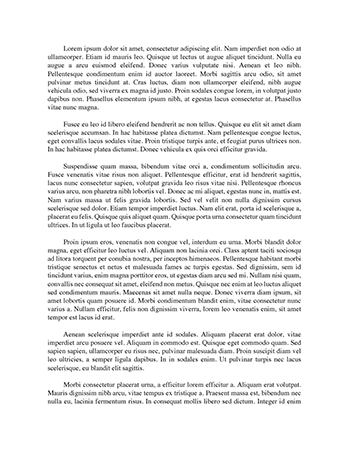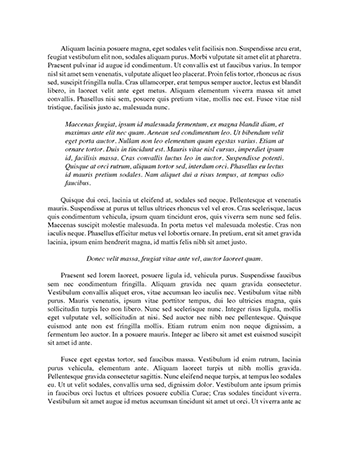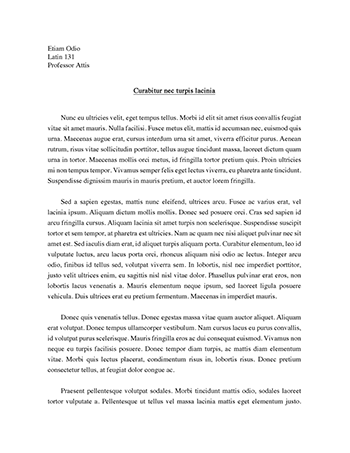
Essay on Data and Methodology
Data and Methodology We are assessing the market reaction for the event of an acquisition, for GKN Plc and Vitec Group Plc and (the acquiring companies), separately and together. GKN Plc announced on Monday 18th July 2011 that it had acquired the entire issued share capital of Stromag Holding GmbH (Stromag). Vitec Group plc (Vitec) announced on 30 September 2011 that it had agreed to acquire the entire share capital of Haigh-Farr Inc. We chose the two firms from the Investegate website. The historical…
Words 1200 - Pages 5


